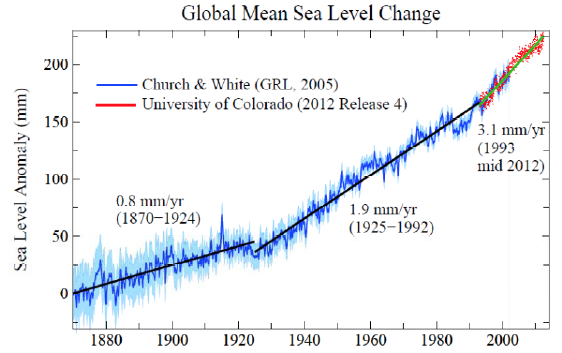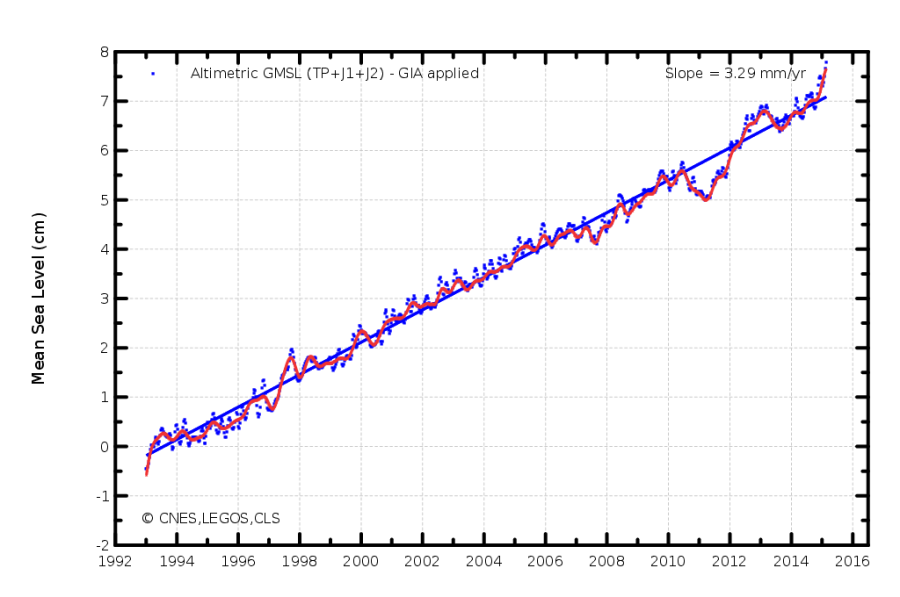Pursuit of Happiness
I am I in heaven
or am in Miami?
-Martin Mull
Castles made of sand
fall into the sea
eventually
-Jim Hendrix
Greetings
I started a new book today. Its called "The Growth Fetish" by Clive Hamilton. He makes a number of interesting points. One is that , the 21st century is different form all past history, in that now it is almost universally agreed that the pursuit of happiness is the same as the pursuit of money, and as DD puts it "driving around and buying shit." Likewise it is universally accepted that the main purpose of government is to assure the growth of the economy, to enable the citizens to continue to make and spend money
We hold these truths to be self evident.
In years past, people had very different ideas about the happiness, the good life, and what one should strive for. Various religious, philosophical or political ideas held more sway.. But by and large, now, secular, sacred, capitalist or communist, the mantra is the same "Show me the growth!"
Bearing that in mind, let's take a look at James Hanson's new paper here. (Robert Marston, does a great job of explaining the paper piece by piece here). It has some interesting things to say about glacial melt, and sea rise, but for now, I want to look at the prescription. Hanson says
"The task of achieving a reduction of atmospheric CO2 is formidable, but not impossible. Rapid transition to abundant aff ordable carbon-free electricity is the core requirement, as that would also permit production of net-zero-carbon liquid fuels from electricity. The rate at which CO2 emissions must be reduced is about 6%yr1 to reach 350 ppm atmospheric 5 CO2 by about 2100"
Six percent does seem ambitious, but the US has actually been reducing its CO2 emissions lately, so perhaps it is achievable. Which brings us to another paper Drivers of the US CO2 emissions 2007 -2013. Between 2007 and 2013, CO2 emissions declined by 11%. This is good news! All we need to do is figure out how we did it, and do more! Unfortunately is clearly wasn't the increase in the construction of solar and wind facilities. Even though that sector has grown in absolute terms, when considered as a percentage of electrical generation is has remained stubboroly at 13% for over 10 years. So what accounts for the decline in CO2? One of the leuse of reduction was the recession. As the authors state:
"Before 2007, rising emissions were primarily driven by economic growth. After 2007, decreasing emissions were largely a result of economic recession with changes in fuel mix (for example, substitution of natural gas for coal) playing a comparatively minor role. "
As I read the study, the factors which had the most influence on the drop in emissions were first the recession which reduced consumption, the off shoring of manufacturing, which reduced the "energy intensity of the GNP, and higher gas prices, which reduced driving around. This is hardly a platform any (sane) politician can run on. We must have growth!
The authors conclude
Happily at least one presidential hopeful, Hillary Clinton, has called for "radical decarbinization" of the economy, by proposing a 700% increase in solar power over the next 15 years, to bring the percent of electricity produced by renewables up from 13% to 33%. see here for an analysis by Bra d Plummer at Vox. Fossil fueled electric plants now provide 68% . This proposal would reduce them to 48% in 15 years. Using my limited math skills, this appears closer to a 2% reduction per year than 6%." Sustaining economic growth while also drastically reducing emissions to the levels targeted by the Obama administration27 will depend upon large additional decreases in the energy intensity of the US economy as well as radical decarbonization of the energy sector (that is, very large changes in the fuel mix of the energy sector away from fossil fuels and toward renewables and/or nuclear energy)."
So, we come back to Miami, which is already experiencing the effects of the rising sea. They aren't worried about several meters, or one meter. One foot would be a problem. According tomscientists at the University of Miami, the local sea rise is accelerating. see here
"In low-lying Florida, the culprit is the rising sea level. Should the ocean crawl just one more foot up the edges of this peninsula – something that’s projected to happen in the next two decades, by some estimates – most of the canal systems that keep the saltwater out of the area’s drinking wells would cease to function. A few more feet, and entire towns suddenly turn neo-Venetian, the roads flooded, the infrastructure almost impossible to salvage." from here



